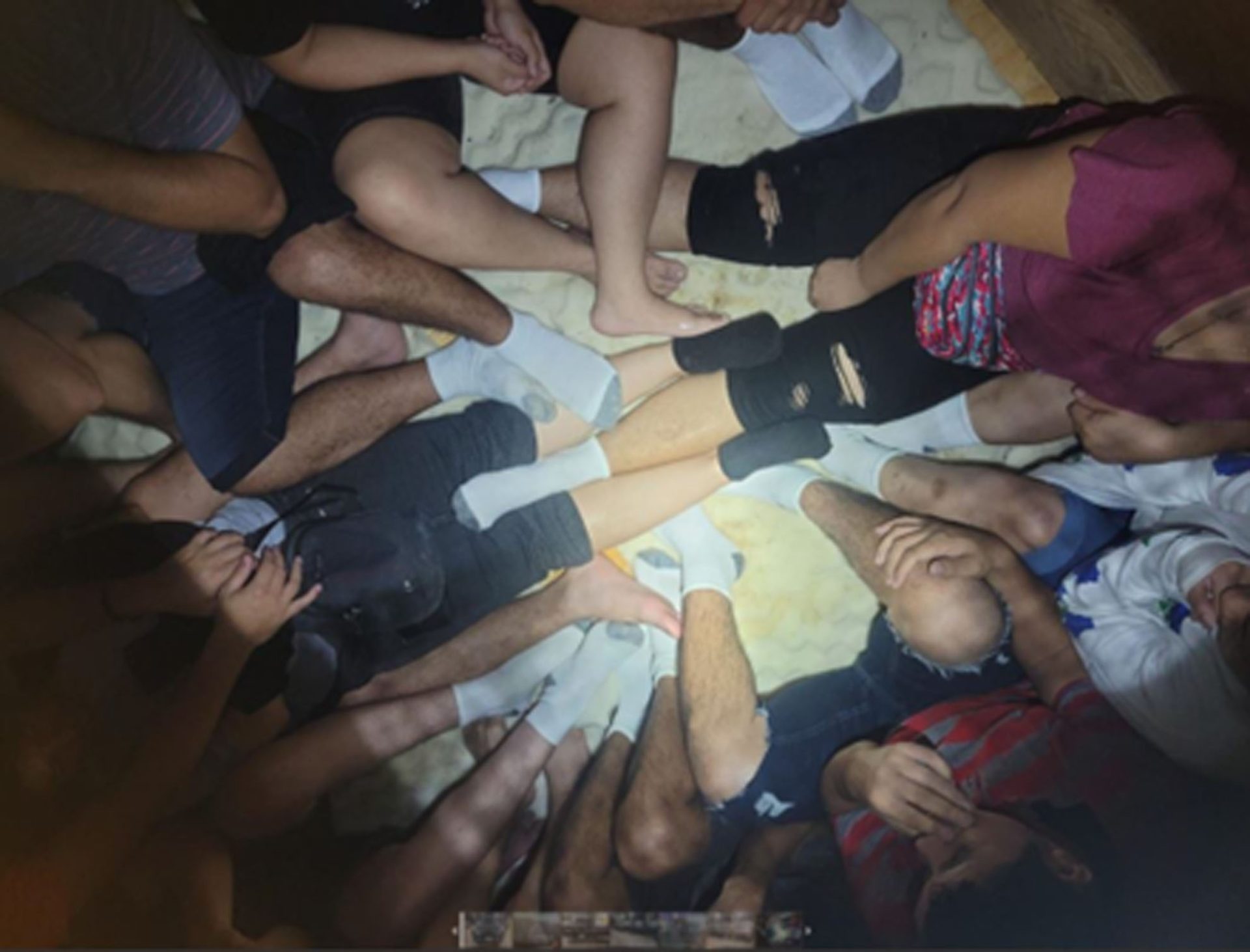
A years-long conspiracy to smuggle thousands of people into the U.S. by transporting them inside wooden crates and then drilling them shut has landed four men — most from Mission — in federal prison.
U.S. Attorney Alamdar S. Hamdani said in a news release Wednesday that Chief U.S. District Judge Randy Crane sentenced Diego Flores, 29, Gerardo Villarreal, 34, and Gilberto Rios, 35 — all from Mission — to 13 years, 10 years and five-and-a-quarter years, respectively.
Villarreal had additionally admitted to being a felon in possession of a firearm and, together with a supervised release violation, got him a total of 12 years in prison.
They had previously pleaded guilty along with a fourth defendant, Antonio Cuevas-Lozano, 46, of Mexico who was sentenced to two-and-a-half years in prison for his role in the human smuggling conspiracy, and who will be in removal proceedings after his incarceration.
Flores, Rios and Villarreal were also sentenced to three years of supervised release.
The U.S. Attorney’s Office said in the release that the conspiracy, which was investigated by U.S. Border Patrol authorities began in April 2022 when Flores hired drivers, referred to as “hot shots,” to transport containers north on flat-bed trailers.
These containers included wooden boxes, within sheds or surrounded by hay bales.
“If ever intercepted at the Falfurrias Border Patrol (BP) checkpoint, the drivers would minimize culpability on those within the smuggling organization as the drivers were unaware of what they were transporting,” the USAO said in the release.
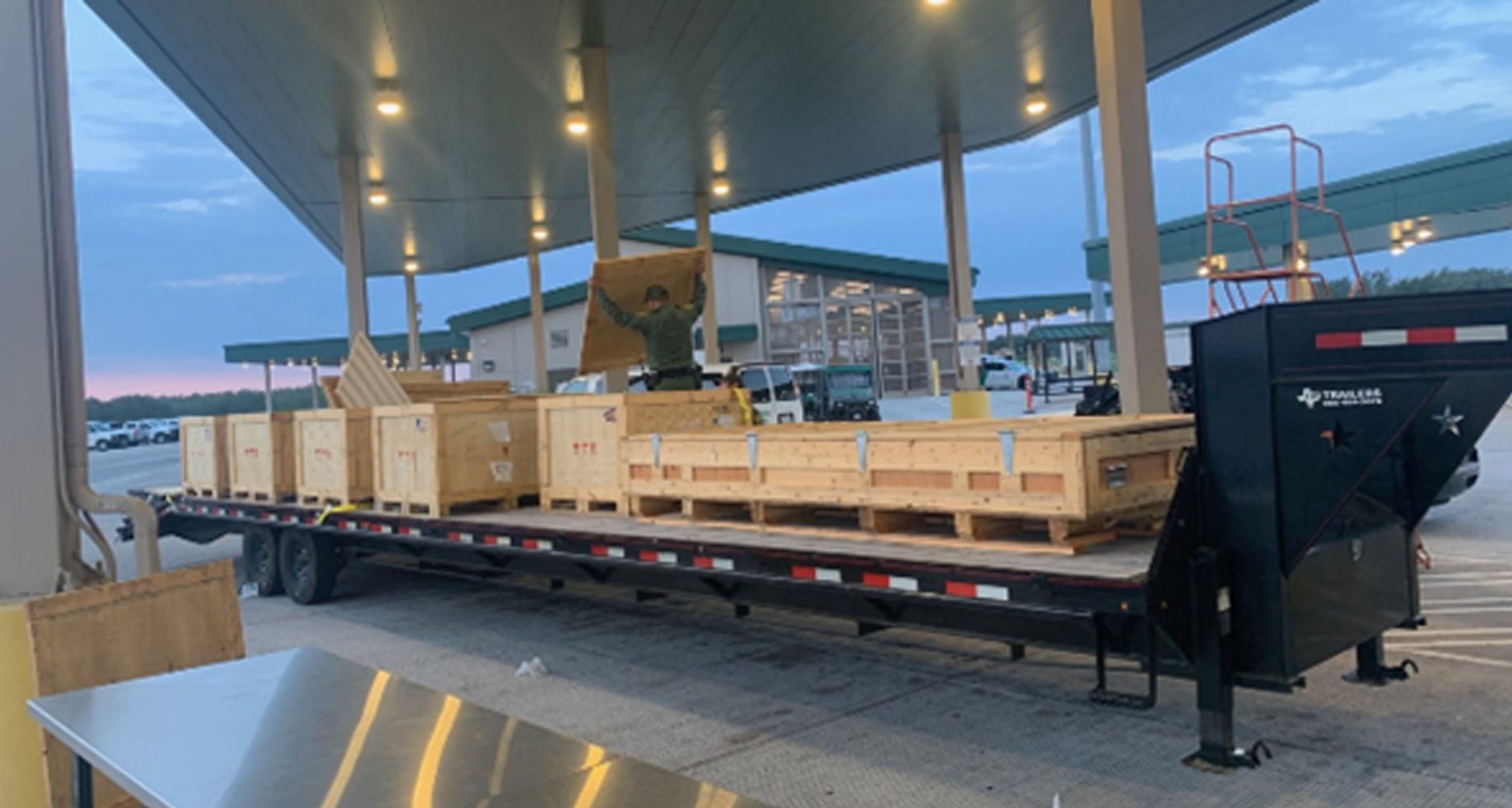
Law enforcement authorities then discovered 40 people in the country illegally on April 26, 2022. They were inside wooden boxes.
Another 69 people were found in compartments within the roofs of two sheds strapped onto flat-bed trailers, according to USAO, on July 19, 2023.
Then on Aug. 18, 2023, there were 28 people discovered inside a compartment hidden by hay bales. There were also 36 more people found inside wooden crates which were “loaded on a trailer 11 days later.”
Eight people were then found inside a compartment underneath a trailer on Sept. 1, 2023, with only the road below.
“On each occasion, authorities spoke to those recovered and uncovered the large-scale smuggling organization,” the USAO said, adding that in every case the defendants told the people being smuggled into the U.S. to get inside these confines, which were built at a ranch in Mission, and drilled them closed with “no means of escape.”
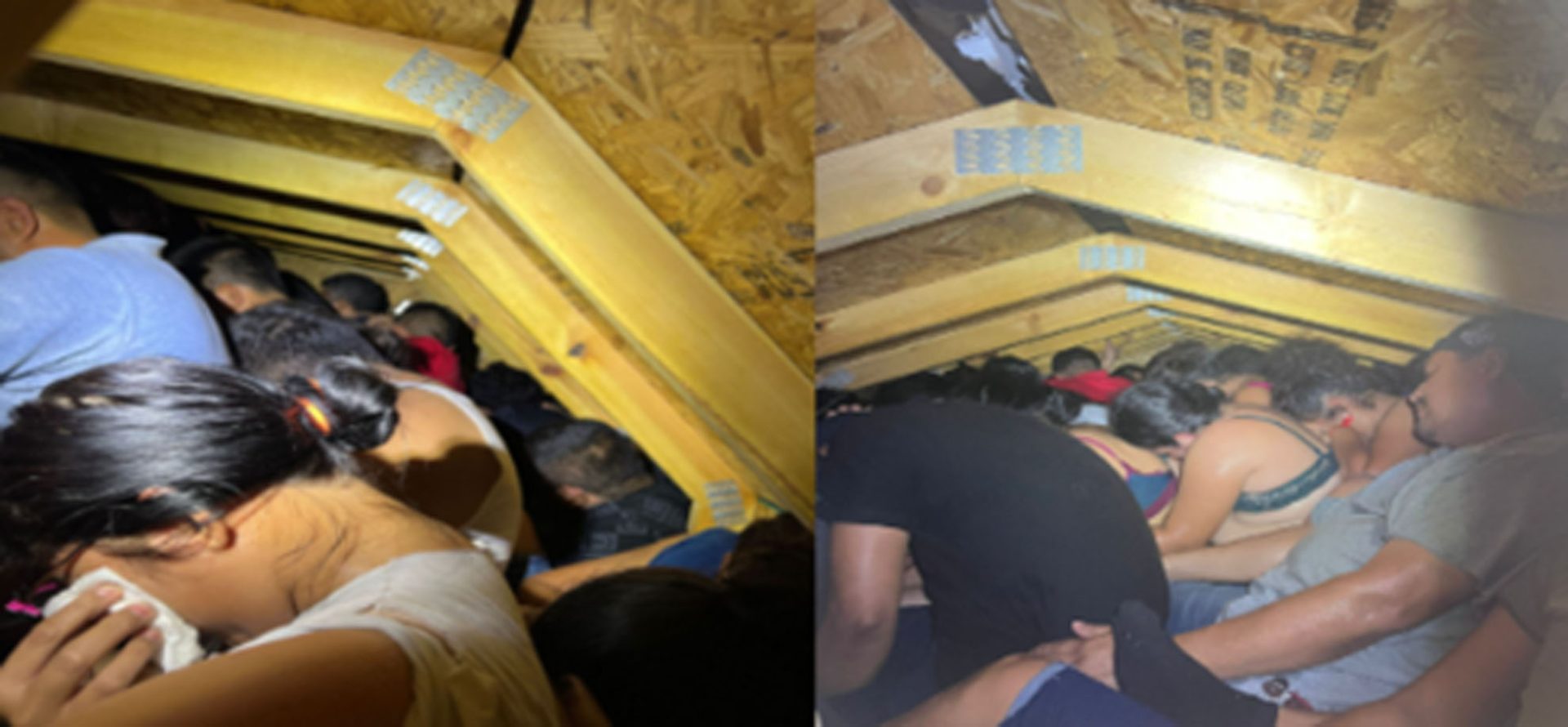
Authorities seized three firearms from the ranch while executing a search warrant on Sept. 5, 2023. This is also when Villarreal, a felon, was found to be in possession of a pistol.
Another conspirator, Noe Vasquez, was sentenced to 12 years in federal prison on Feb. 1, when “the court heard testimony of how the smuggling organization moved approximately 3,000 non-U.S. citizens and used firearms to control them.”
It was learned at that time that as many as 70 people were trapped inside these containers at a time.
According to the USAO, Flores, who had previously been convicted of smuggling, was the leader of this operation.
“The court also considered how the organization utilized multiple firearms to threaten the individuals,” the USAO said. “Judge Crane noted the complete disregard for the safety of the undocumented people the organization exhibited, expressing that the means and methods of transportation were “inhumane.”
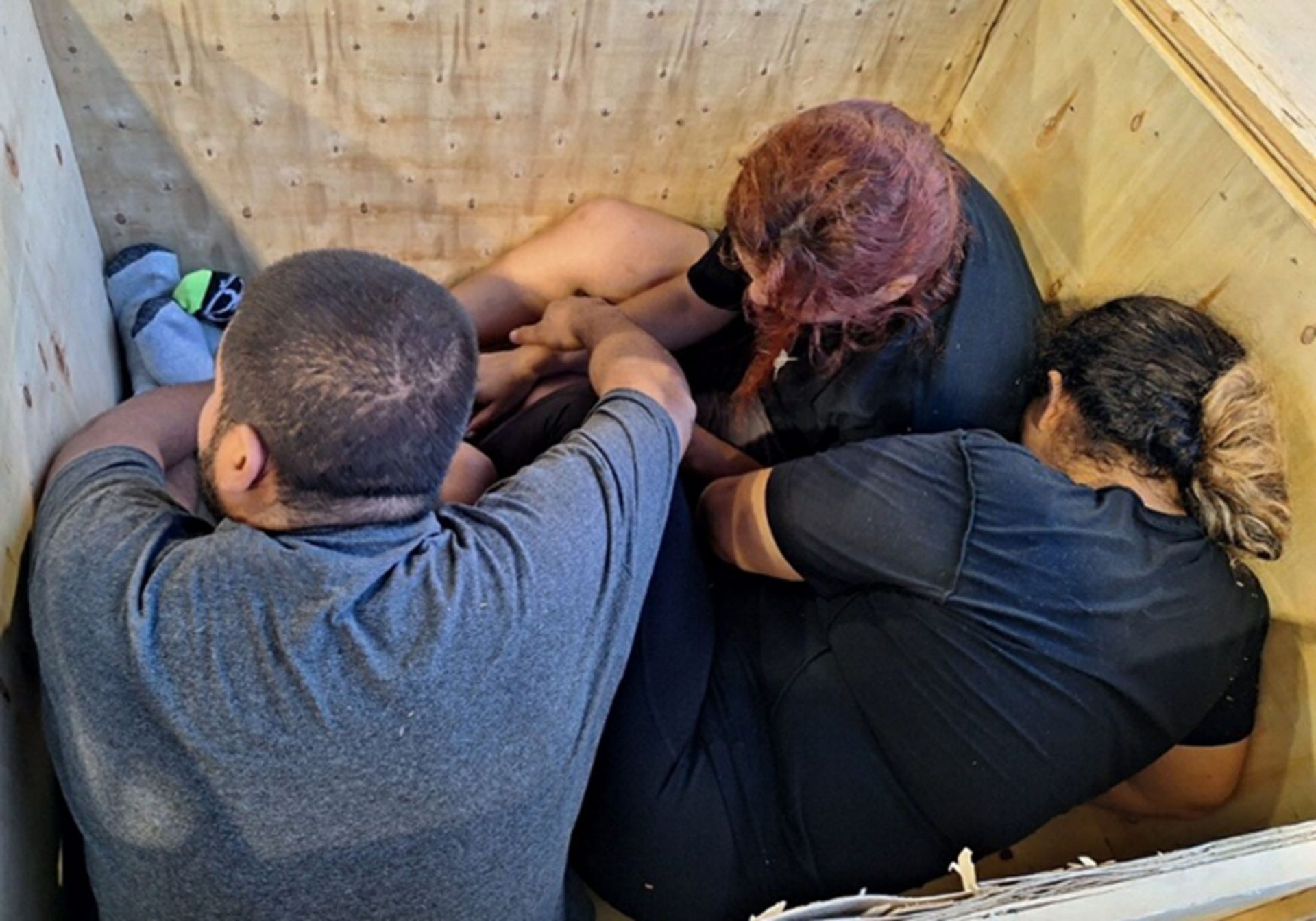
Hamdani said in a statement that the smugglers “ply their trade praying on the vulnerable.”
“These smugglers cramped dozens of migrants into wooden crates and then bolted those crates shut, leaving the migrants to the mercy of South Texas’s brutal heat,” he said. “Such conduct was not just predatory; it also demonstrated a total disregard for the value of human life. Today’s sentences reflect how my office will not rest until we disrupt and dismantle the deadly human smuggling operations that cause so much sorrow along the Southwest border.”
The defendants will remain in custody until they’re transferred to a U.S. Bureau of Prisons facility.

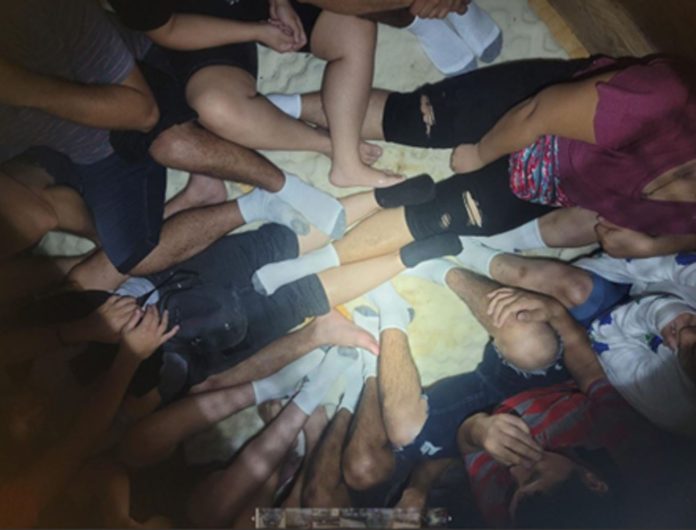





 The national awards program, Get With The Guidelines®, is designed to help ensure that the care hospitals provide for patients with “brain attacks” is aligned with the latest scientific guidelines.
The national awards program, Get With The Guidelines®, is designed to help ensure that the care hospitals provide for patients with “brain attacks” is aligned with the latest scientific guidelines.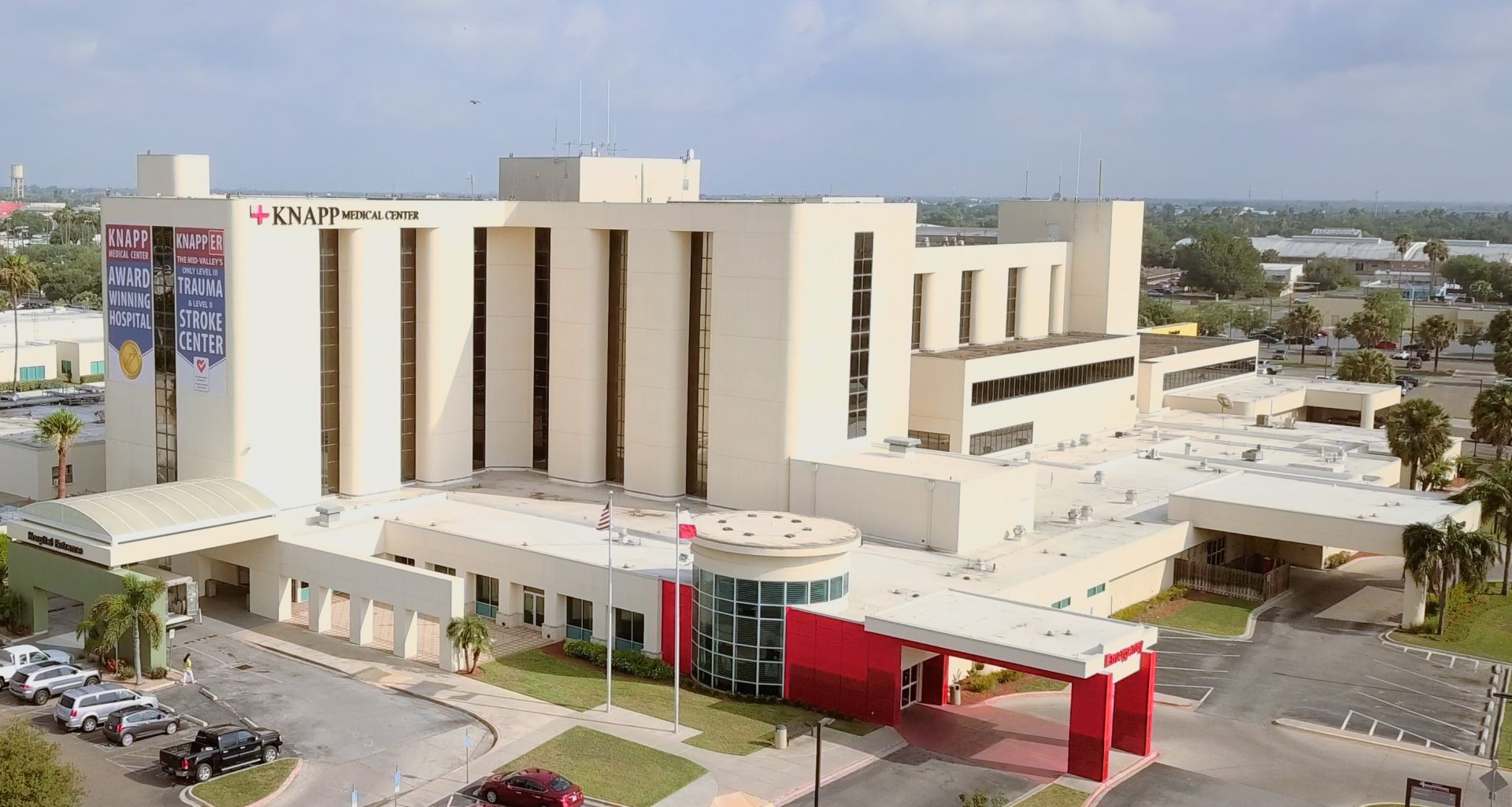
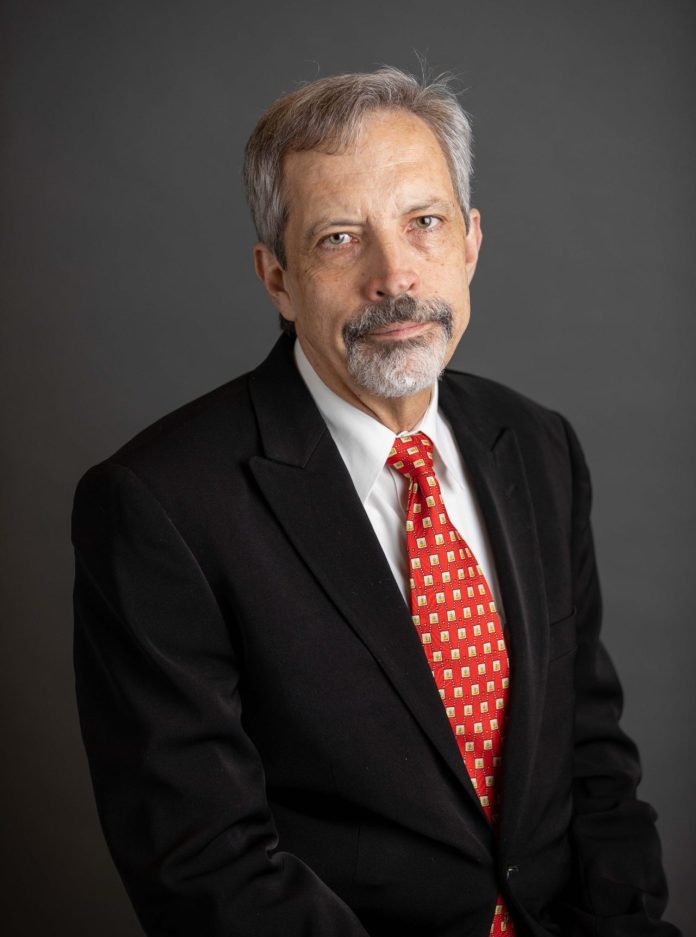






Commentary: Storm insurance needed
Summertime along the Texas coast means sun, sand and fun, but longtime residents know it also carries the possibility of hurricanes and tropical storms.
Hurricane season officially began June 1, and meteorologists have forecasted an active, early start. Initial projections signaled an 80% chance of Texas being hit by a significant storm this season, but some experts worry that current conditions reflect an even higher risk.
In just over a month, Texas has already felt the effects of two named storms, including Hurricane Beryl, which became the earliest-forming Category 5 hurricane of its kind. Despite making landfall in Texas as a Category 1 hurricane, Beryl demonstrated the destruction these storms are capable of.
Hurricane Beryl was a stark reminder that the time to prepare is now. By the time a storm is set on its path, it may already be too late. Early preparation is key to preventing property damage, reducing hefty insurance claims, and even saving lives.
You should always have a plan to keep you and your family safe. This can include writing a family disaster plan, designating a place to go if you evacuate, and building a “go-kit” with medicine, food, pet supplies and other essentials. Additionally, be sure that important documents like insurance information and your home inventory list are in a safe, accessible place.
Take steps to prevent or minimize property damage for when — not if — a hurricane hits. Aside from boarding up your windows, there are many initiatives to take before a storm. Trim weak branches and trees that could fall on your house, seal outdoor openings to keep water out, and invest in hurricane shutters for an easier way to protect against flying debris. “Hardening” your home can keep you and your property safe and reduce your losses, which helps keep insurance rates down in the long run.
Even after taking preliminary action to minimize property damage, we must still plan for it. It is good practice to annually review your insurance policy to understand what and how much it will cover. Will your policy pay to replace the full value of your home? What about your home’s contents? Does your policy cover windstorm damages? How about the effects of flooding?
Before a storm’s formation, you have the opportunity to shop around for insurance policies that suit your needs. Once a named storm enters the Gulf of Mexico, most insurance companies, including the Texas Windstorm Insurance Association, pause the sale of new policies and prohibit changes to existing ones. As with all other methods of preparation, the time to make these adjustments is now.
Just like the members of our communities must be ready for a storm, the members of the state legislature must be ready to support them. Currently, private insurance companies write about half of the windstorm policies along the coast. The rest are covered by TWIA, the state-governed insurer of last resort in 14 coastal counties. As Senate District 27 encompasses six of these 14 counties, fortifying TWIA and insurance laws on behalf of my coastal community is at the forefront of my priorities.
Fortunately, TWIA is fully funded to meet its legal obligations to coastal residents for this hurricane season, which includes making claims payments. Over the last year and a half, I have continuously worked with stakeholders and TWIA to ensure proper management of these funds so they are readily available to policyholders who suffer covered losses. I will continue to do so as the season progresses.
The structure of TWIA’s funding and operations must be rooted in sound, sustainable practices that are sensitive to the needs of coastal residents. My team and I are actively working on legislation to ensure TWIA is adequately funded for this purpose, and we stand ready to lead this long-term policy effort when the legislature convenes in January.
I look forward to continuing to work with both coastal and inland legislators to promote awareness of TWIA’s statewide impact. As one of the state’s largest regional economic drivers, our coast fosters prosperity throughout the state. By keeping TWIA strong, we keep the coast strong, and by keeping the coast strong, we keep Texas strong.
This hurricane season, as we continue to make necessary preparations to cover our homes, know that I am also making necessary preparations to cover the coast. Over the coming months, I encourage you to keep an eye on TWIA deliberations that could impact storm preparation and recovery in the future. I invite you to contact my office with any questions or concerns on the matter, and I welcome you to send us your input.
Morgan LaMantia, D-Palm Valley, represents Texas Senate District 27, which includes the Texas coastal region from Cameron to San Patricio counties.